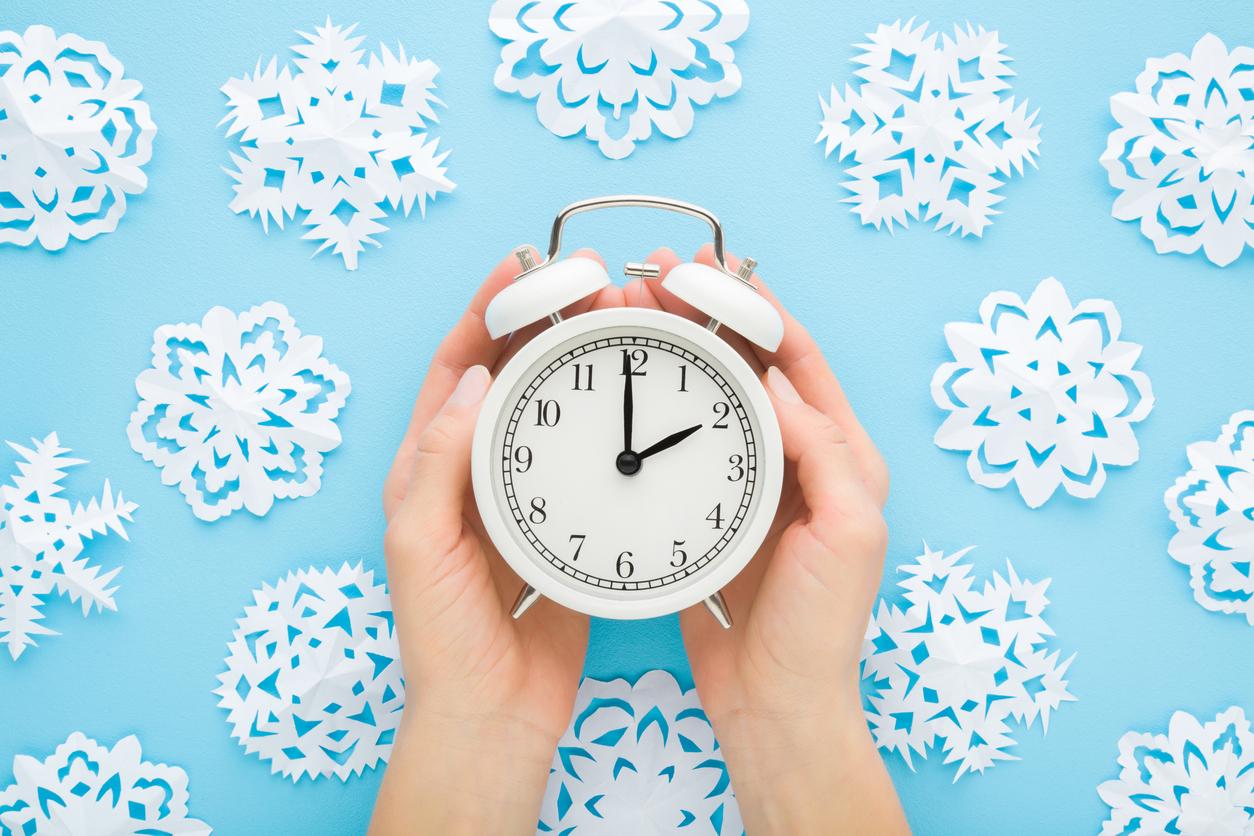What are estrogens?
From the puberty, the ovaries of women secrete estrogen and some progesterone. Estrogens are mainly produced by the ovaries, under the control of the hormone FSH (Follicle Stimulating Hormone), especially in the first part of the cycle, but also by the adrenal glands, two other almond-shaped glands that cap the kidneys. We distinguish estradiol, the most active and most widespread hormone, estriol and estrone, less known but nevertheless essential. Each can be measured in blood and urine. “The estrogen concentration varies during the cycle, increasing throughout the follicular phase, at first slowly and then more rapidly”, specifies Dr Alain Janaud. Peak estrogen is reached about two days beforeovulation, it is he who will cause the peak of the pituitary hormone LH (Luteinizing Hormone).
How does progesterone work?
Progesterone intervenes in addition to the action of estrogen. It is secreted by a gland called the corpus luteum, which results from the transformation of the follicular sac that contained the released oocyte. This gland therefore has the particularity of being transitory since it develops temporarily and cyclically. The secretion of progesterone, like that of estrogen, varies during the menstrual cycle: triggered by the hormone LH, it appears just before ovulation and continues during the second part of the cycle.
In humans, the testicles produce estrogen (in less quantity than in women) and especially testosterone, the hormone that activates sexual behavior. This testosterone acts on an area of the brain called tonsil (nothing to do with those that are removed from children). This stimulation promotes in particular the search for a partner. Testosterone also acts on the hypothalamus, another area located in the center of the brain.
What is the role of estrogen?
In women, estrogen is responsible for the development of breasts, the distribution of subcutaneous fat, the greater or lesser amount of fur on the body (secondary sex characteristics) and egg production. They also play a vital role in preparing the uterus for the implantation of a possible egg. More generally, they promote bone renewal by stimulating osteoblasts, young cells which participate in bone formation and the feminization of the skeleton. Then they maintain and protect the bone mass until the menopause. These female hormones also help limit the formation of atheromatous plaques, deposits made up mainly of cholesterol that line the walls of arteries and may clog them, causing a stroke, sometimes fatal. Estrogens also have the particularity of retaining water and sodium, which can lead to the appearance ofedema.
In men, estrogen is involved in regulating the secretion of the gonadotropic hormone (which stimulates the sex glands), and in the function and development of the testes. They are essential for fertility and in the formation of the testicular canals.
Read also :
Gynecology: what are estrogens used for?
Plant progesterone to help women’s health?
Do hormones affect libido?


















